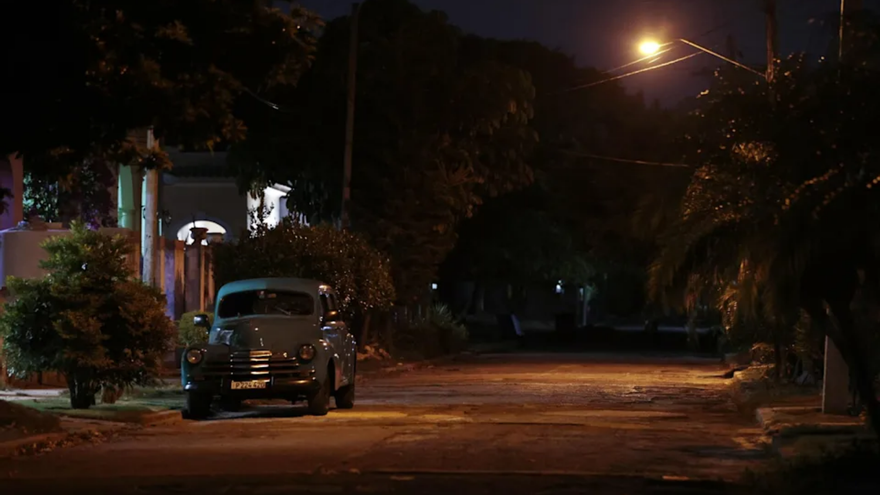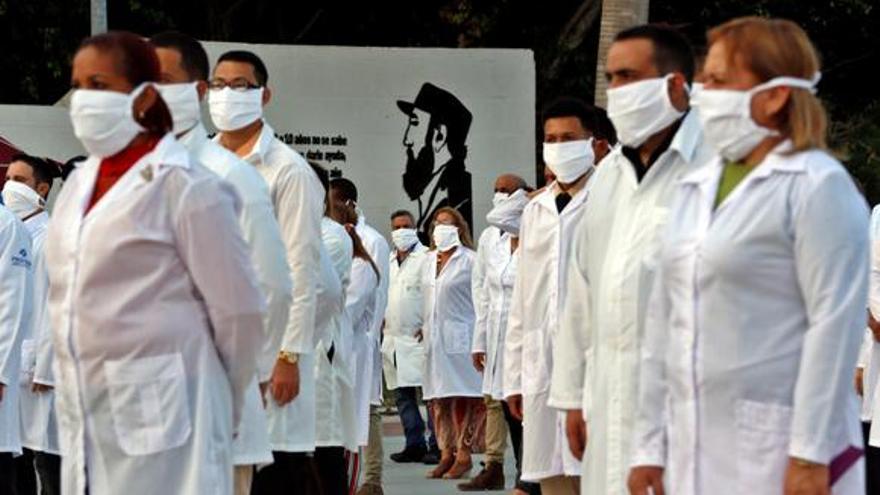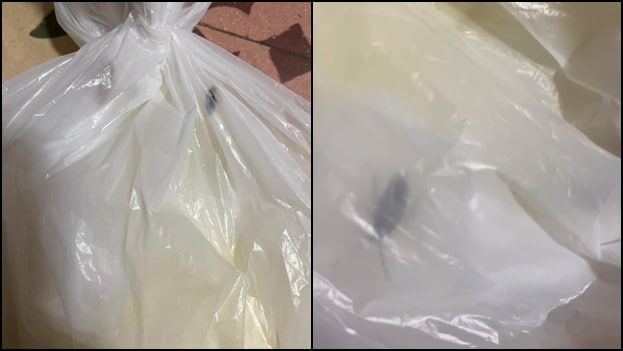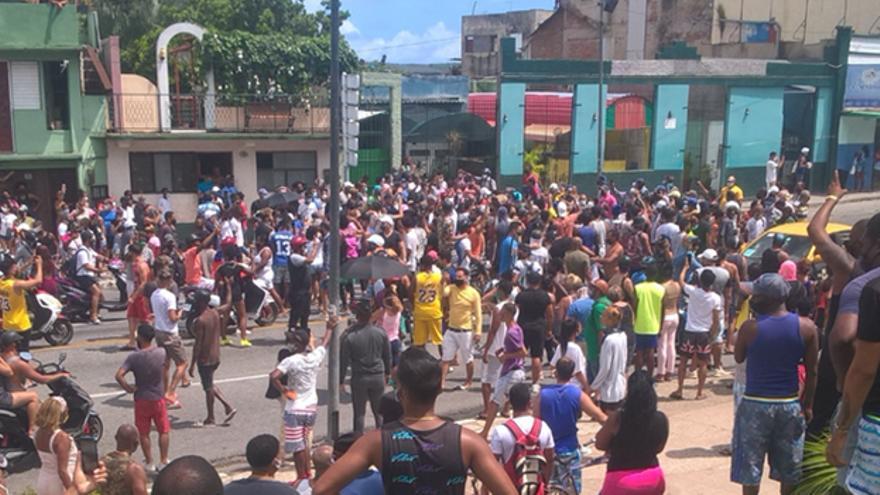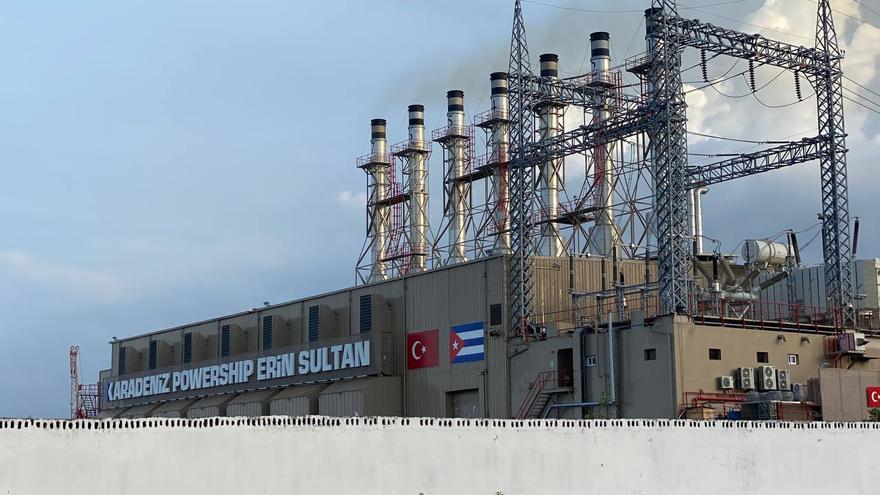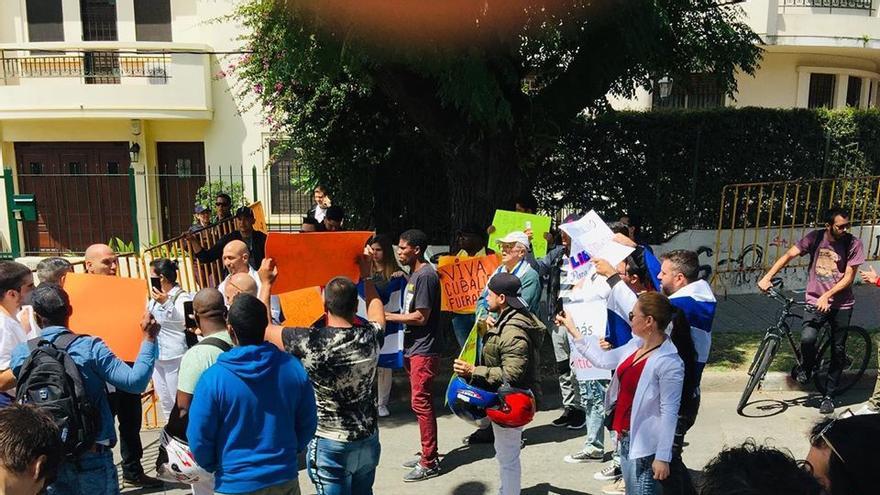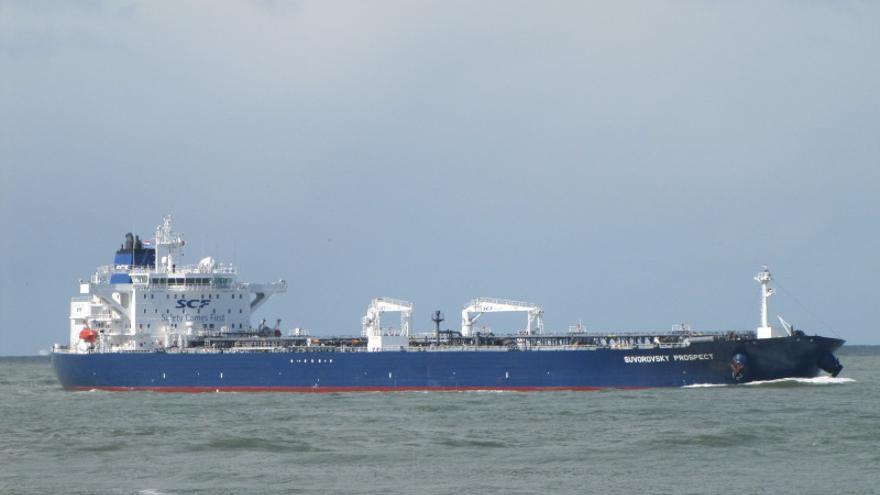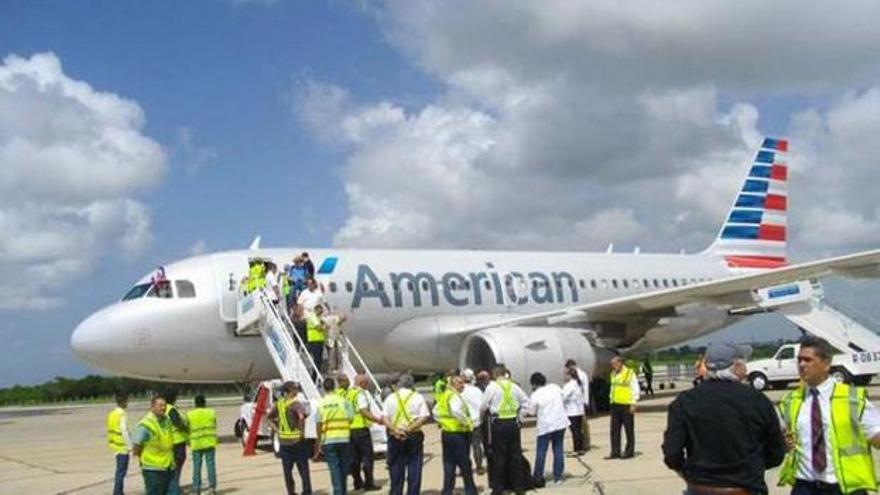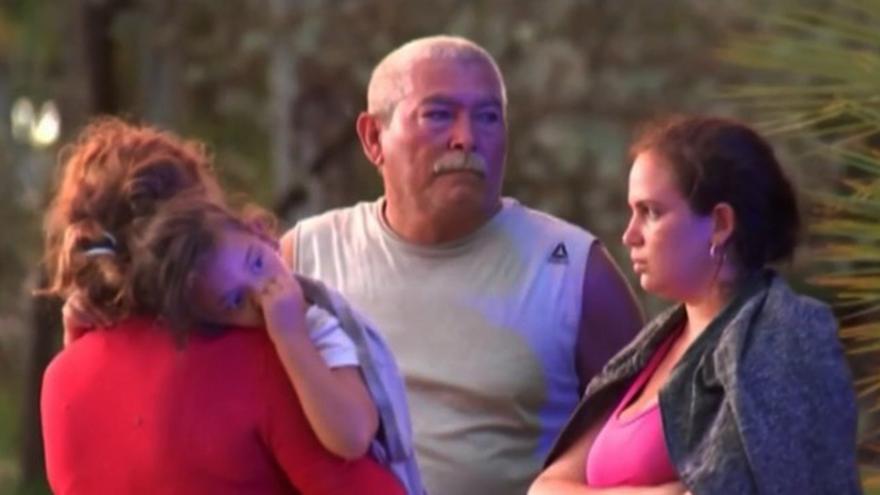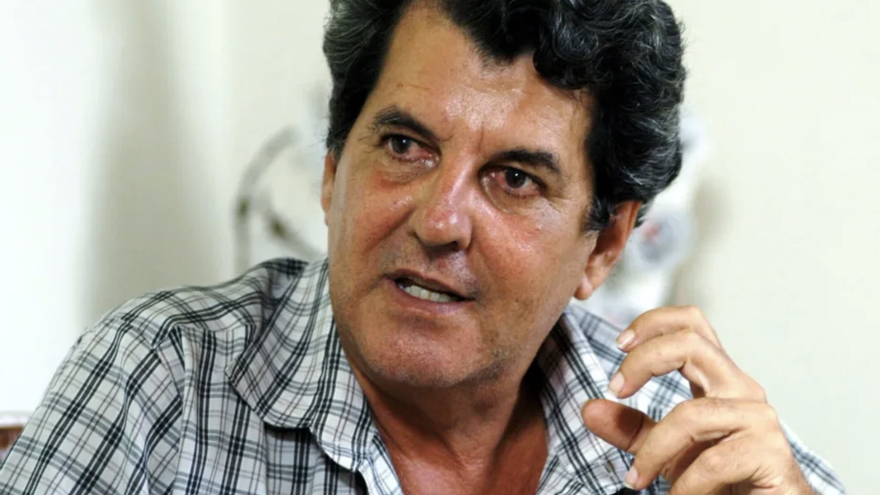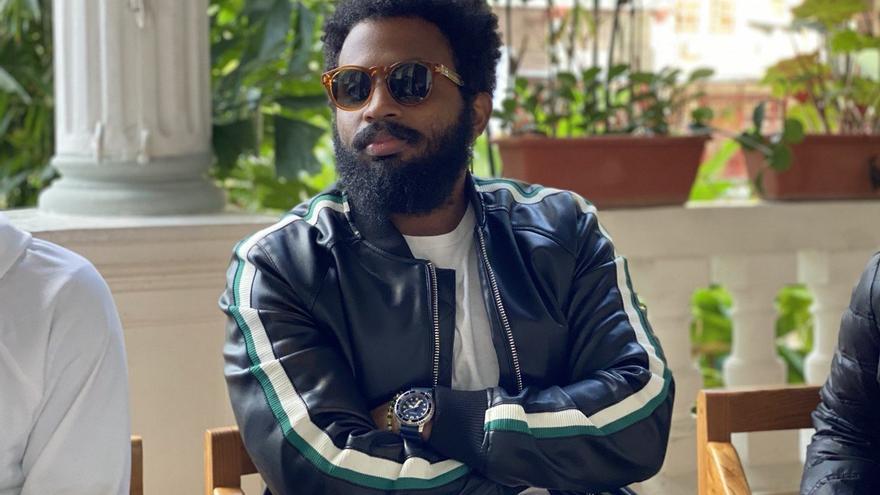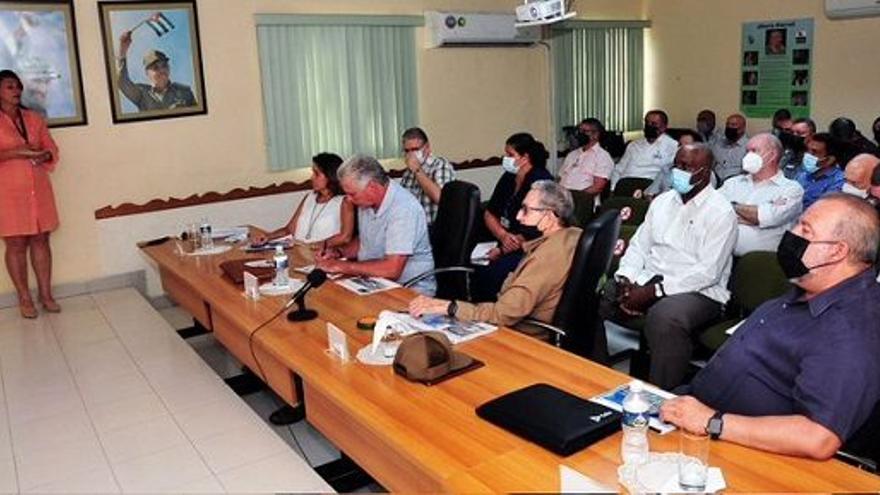Although last week the rate dropped to 2,791 cases of dengue per 100,000 inhabitants, doctors and ordinary citizens confirm that the situation is serious.
“We are alarmed,” an internist at the Manuel Fajardo hospital in Havana tells this newspaper. “What we are seeing this year is not usual.” He refers to the number of patients who are developing severe dengue or hemorrhagic fever, which can be fatal, and says, “In previous epidemics, perhaps approximately 10% of cases had warning signs (those that alert you that the patient is not progressing well), but now it is more than 30%.” continue reading
The doctor explains that the dengue virus has four serotypes or four variants: “When you get infected with a serotype, it gives you immunity for that serotype in the long term and for the others in the short term. But if after three months you get infected with a different serotype, chances are that you will have a serious form.”
At their meeting on Tuesday, the health authorities did not refer to dengue hemorrhagic fever, which in recent days has claimed the lives of adults and children. The Minister of Health, José Ángel Portal Miranda, did report that 32 patients have been admitted to intensive care, 29 of them in serious condition and 3 in critical condition.
At the end of last week, again according to official figures, there was transmission of the virus in eight provinces (Pinar del Río, Havana, Matanzas, Villa Clara, Camagüey, Las Tunas, Holguín and Guantánamo), “in 16 municipalities and 23 health areas.”
Regarding the variants of the virus, Portal Miranda reported that serotype 1 was detected in the provinces of Havana, Camagüey and Las Tunas; serotype 2, in Havana, Villa Clara, Sancti Spíritus and Camagüey, and serotype 3, in Havana and Camagüey, the two provinces that present the most worrying situation.
What the minister also didn’t say is that there is a lack of reagents in health centers, essential in this disease, the internist warns 14ymedio, “to evaluate clotting.”
Juan Carlos, a young resident of Central Havana who, feeling bad, went to Manuel Fajardo and couldn’t have the necessary exams, suffered from body aches. They sent him home with the recommendation to rest. Two days later he returned, with a pain in his abdomen that was unbearable. So they did the tests and admitted him. The diagnosis: dengue with alarming symptoms. “The question is if a couple of days ago there would have been reagents for my blood tests, maybe they would have acted in time,” laments Juan Carlos.
The truth is that because it is a virus, little can be done in the face of dengue other than hydration and rest. At best, you can take medications like acetaminophen for pain and fever.
The plan approved on Tuesday focuses on the fight against the vector that transmits the disease, the Aedes aegypti mosquito, which caused 11,551 outbreaks in 71 municipalities classified as high risk.
Among the 20 measures included in the document, are “intensifying biological treatment with fish in large water tanks,” carrying out “antivecctorial actions in abandoned premises,” reviewing and treating “one hundred percent of elevated tanks” and carrying out “intra-domiciliary adult treatment by fumigating.
On Tuesday, in neighborhoods such as Nuevo Vedado, fumigation fumes were noticeable.
The doctor at the Manuel Fajardo hospital, like many other colleagues, is pessimistic: “The problem is general, and there is no solution in the medium term.”
To top it all off, the growth in COVID-19 cases on the island has caused the health authorities to return to different measures to prevent contagion. The most notorious is the mandatory use of a masks on transportation and in children’s daycare centers.
In addition, the Government says that the second booster vaccination for Covid will be given to Cubans between the ages of 19 and 49, and the first to children between 2 and 11 years old, with the national antidotes Sovereign or Abdala, which have not yet been approved by the World Health Organization.
The calamitous state of the old jewel in the crown of Castro propaganda is completed with the information provided this Tuesday by BioCubaFarma: there is a deficit of basic medicines of almost 40%.
The vice president of the state pharmaceutical company, Tania Urquiza Rodríguez, reported at a press conference that there has been a “complex situation” since 2021, and alleged that “most of the funding was dedicated to the fight against COVID and for the development and production of vaccines.”
She also blamed the U.S. embargo on Cuba, without mentioning that it allows the purchase of medicines as well as food, as long as they are paid in cash in advance, and that the country could also buy the active ingredients in countries such as China or India, with which the island has free trade.
Translated by Regina Anavy
____________
COLLABORATE WITH OUR WORK: The 14ymedio team is committed to practicing serious journalism that reflects Cuba’s reality in all its depth. Thank you for joining us on this long journey. We invite you to continue supporting us by becoming a member of 14ymedio now. Together we can continue transforming journalism in Cuba.


